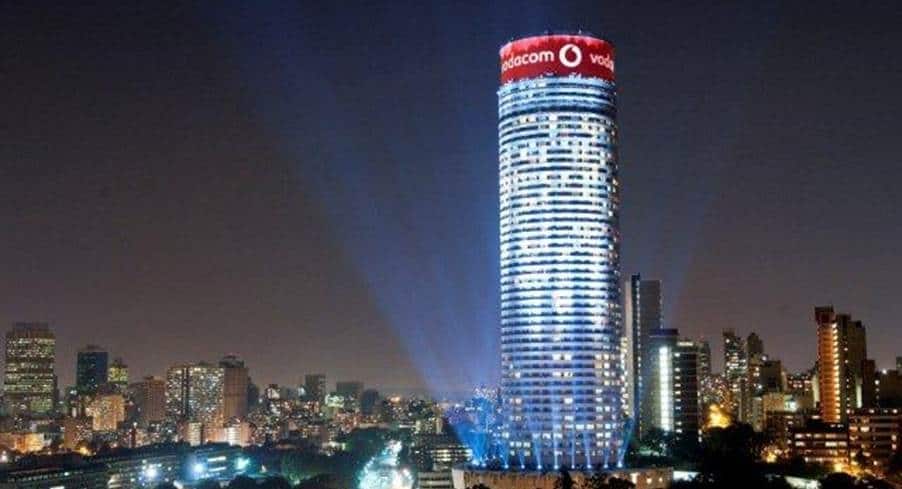South African Operator, Vodacom has successfully launched and tested its Radio Access Network (RAN) Mobile Recovery Solution in ensuring the company is prepared for any unexpected network crises. Vodacom's network resiliency plan is part of the company’s ongoing network upgrade that involves R22.5 billion investment in the network over the past three years.
According to Vodacom, the solution leverages essentially two mobile data centres on wheels, providing Vodacom the ability to restore functionality at any of its Mobile Telephone Exchange (MTX) sites within 48 hours. A crucial part of the network, Vodacom’s country-wide MTX sites link the radio access network (base stations) to Vodacom’s core network. Each site is dependent on transmission infrastructure to route voice and data traffic between subscribers, devices and systems, said Vodacom.
The two redundancy sites are deployed, first based in Pretoria, where it services the northern part of the country, while the second is based in Bloemfontein to ensure quick access to the southern parts of South Africa. Each recovery solution consists of complete power backup with on-board generators, fire suppression, air conditioning, raised flooring, building management systems, security systems, and network equipment.
Vodacom Network Engineering Officer, Beverly Ngwenya
We call this type a “hole-in-the-ground” recovery solution because it’s used in the very unlikely event that our entire facility’s functionality completely disappears. These mobile data centres effectively allow us to recover our site within 48 hours instead of the two years it typically takes to build a new MTX site.
Vodacom’s Chief Technology Officer Andries Delport
In fact the majority of our infrastructure is built to be geo-located meaning functionality can be picked up by another site based somewhere else in the country if necessary. Most times this happens without the customer even knowing something is wrong. With the MTX sites this is not possible. However, with today’s solution in place I am confident we are as prepared for any eventuality as we can possibly be.




















